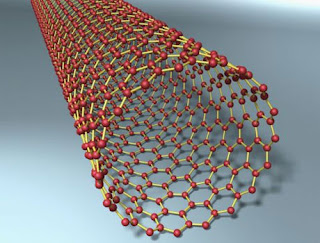I originally created this blog as a place to digest articles on medicine and biomedicine — especially as they relate to real, live human beings of the kind who need to use medicine and biomedicine. After all, needing it means our systems are not quite normal.
I have a condition that punches holes in my memory and cognition. This means that, even though this biomedical stuff is meat and drink to me, I have to look up things that — with my old brain — I used to know like the back of my hand. (That is, the hand where the CRPS started, naturally.)
Really basic things, like the names of our handful of neurotransmitters, each with its many jobs; or the role of the pituitary gland and its intense relationship with … well, with every other regulatory part of the body.
So I’ll post a couple of tutorials on these subjects here, for both you and me to refer to at need. If I’m really clever, I’ll post them as pages which you can access easily; for now, I’ll be happy to get them up at all.
Soooo …. [drumroll, please]
Coming soon:
– A quick rundown on neurotransmitters, with interesting dietary notes.
– Tutorial on the Limbic-Hypothalamic-Pituitary-Adrenal axis.



